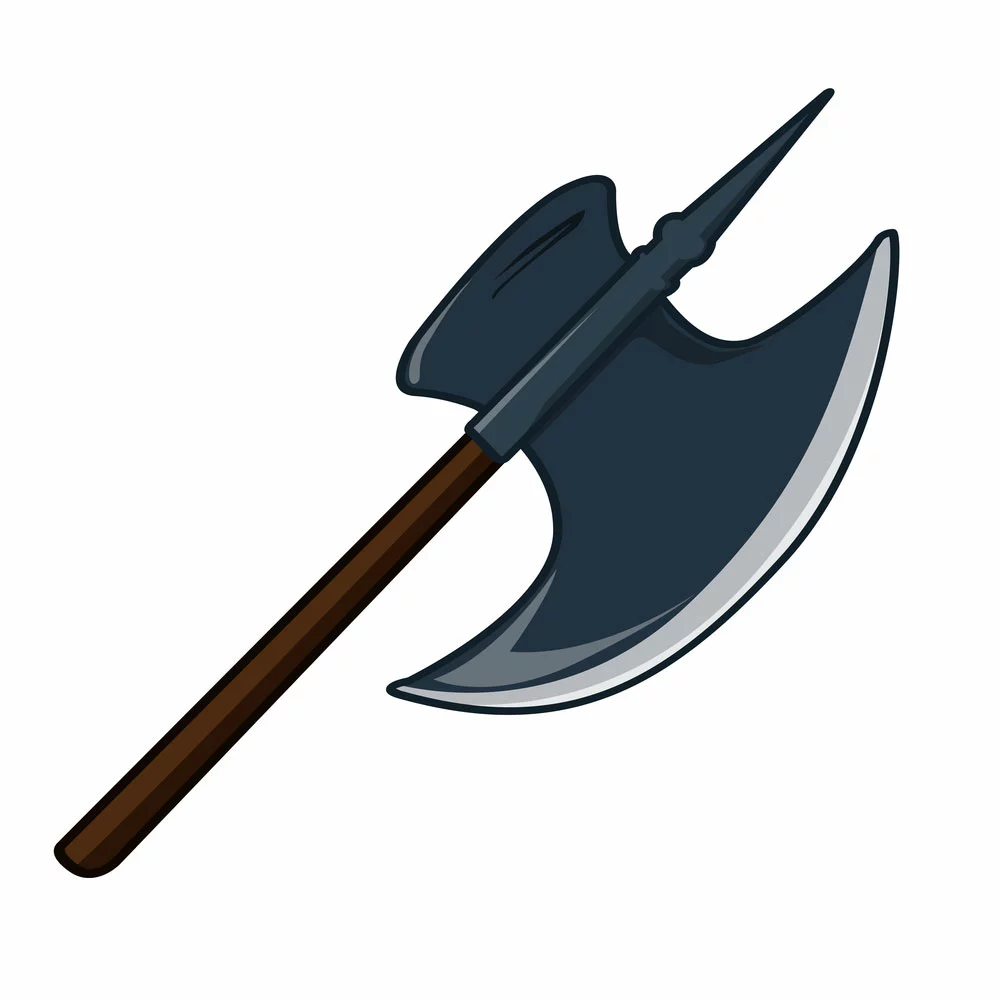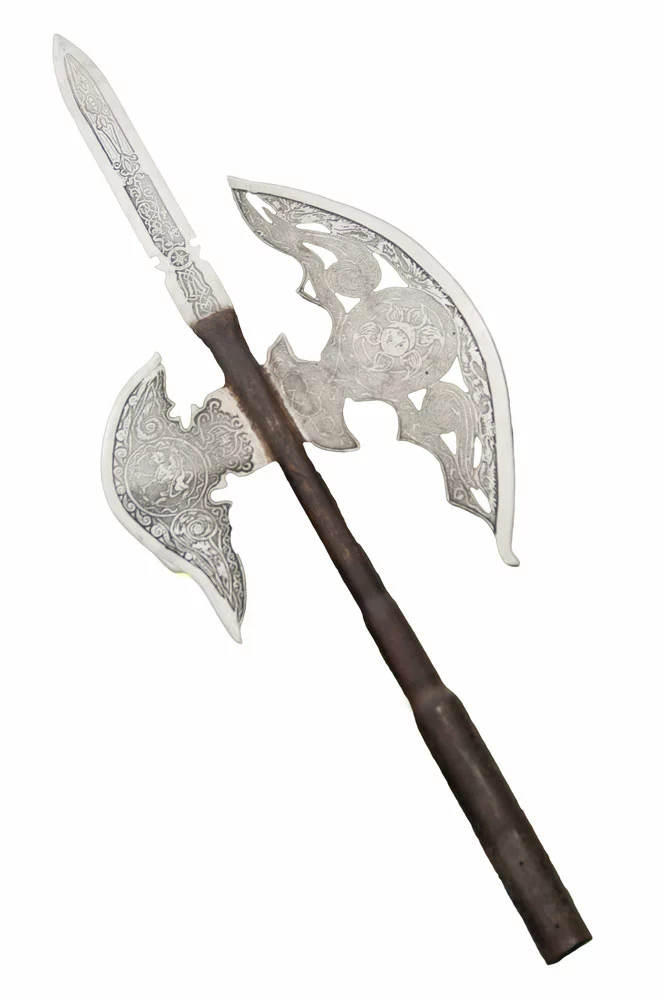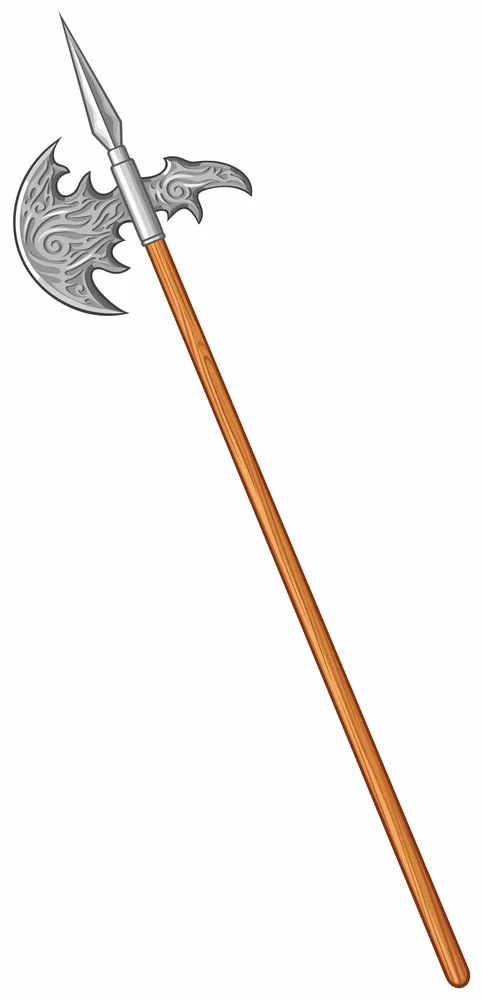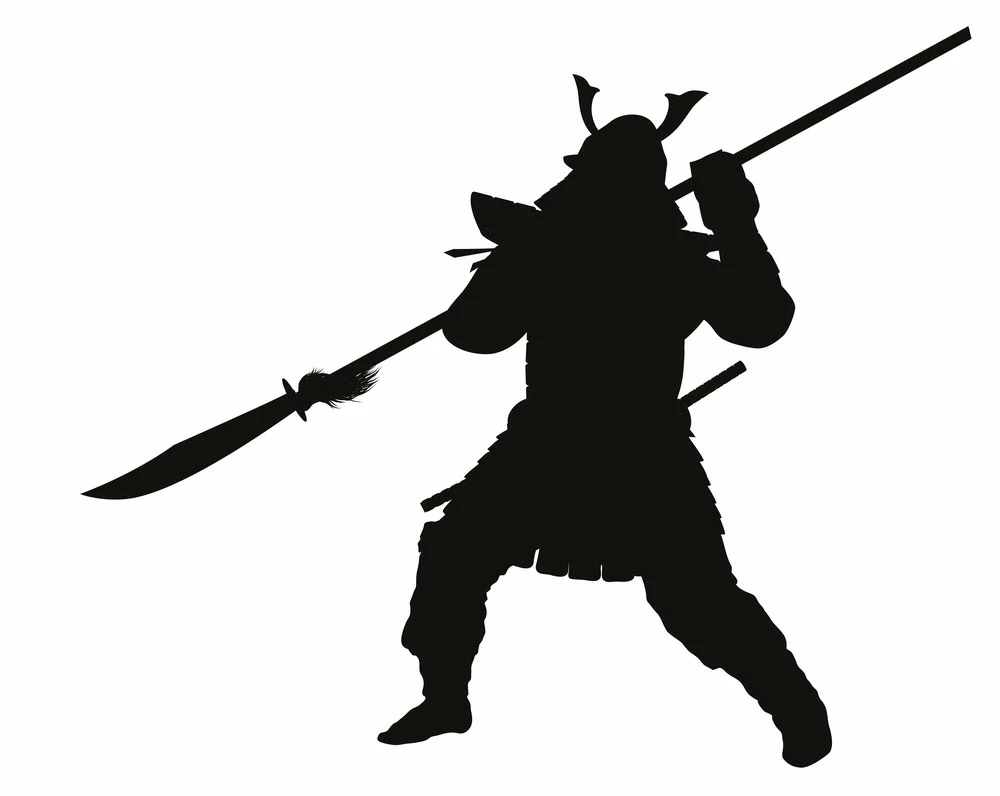Regarding the difference between a halberd and Poleaxe, The most common axe used in the medieval world includes the halberd and Poleaxe. Though they are both axes, they are different. This article discusses these two historical weapons of war to appreciate their heritage and know what makes them different.
1. What is a Poleaxe
A poleaxe is a long-handheld weapon commonly used by medieval soldiers during the 14th -16th centuries. A poleaxe has three weapons in one. It includes a spear, a hammer, and a curved dagger.

(Poleaxes)
2. What is a poleaxe used for?
Foot soldiers and cavalry units use Poleaxes to subdue their enemies. Poleaxes have different lengths and use.
You can use the Poleaxe to block incoming blows because it has a long and strong shaft.

(Poleaxes)
3. What is a Halberd?
A halberd is a handheld weapon made from a single piece of steel. Usually, 1.5 – 1.8 meters long. The steel has a spear tip and a long axe edge on one side and a hook on the other.

(An halberd )
4. What is a halberd used for?
The halberd is suitable for protecting soldiers against cavalry troops. This weapon is particularly popular in countries such as Germany and Switzerland.
5. Types of Halberds
Japanese halberd
The Japanese halberd is popular with samurai warriors, monks, and foot soldiers. In Japan, the local name is naginata. A naginata has a curved blade that is 30 – 60 centimeters long.
Soldiers can use the naginata to disable riders and unmount cavalry troops.

(A samurai holding a halberd)
Chinese Halberd
The Ji is a Chinese version of the halberd. Though it is no longer relevant as it was 3,000 years ago, locals use it for martial art training. This polearm has a spear, a blade, and an axe on the other.
6. What is the diDifferenceetween a poleaxe and a halberd?
The main difference between the Poleaxe and halberd is Poleaxes are shorter, making it easier to swing around and carry. However, halberds are longer and bulkier to carry. It makes them unsuitable for close combat. Therefore, soldiers use halberds with other tools, such as spikes, to defend against cavalry attacks.
Lastly, only men of high ranking, such as knights, can use a poleaxe. However, anyone can use the halberd.
Conclusion
The halberd and Poleaxe play an important historical role. For example, the Swiss still use the halberd for ceremonial purposes. Countries such as China use the halberd for martial art training.
